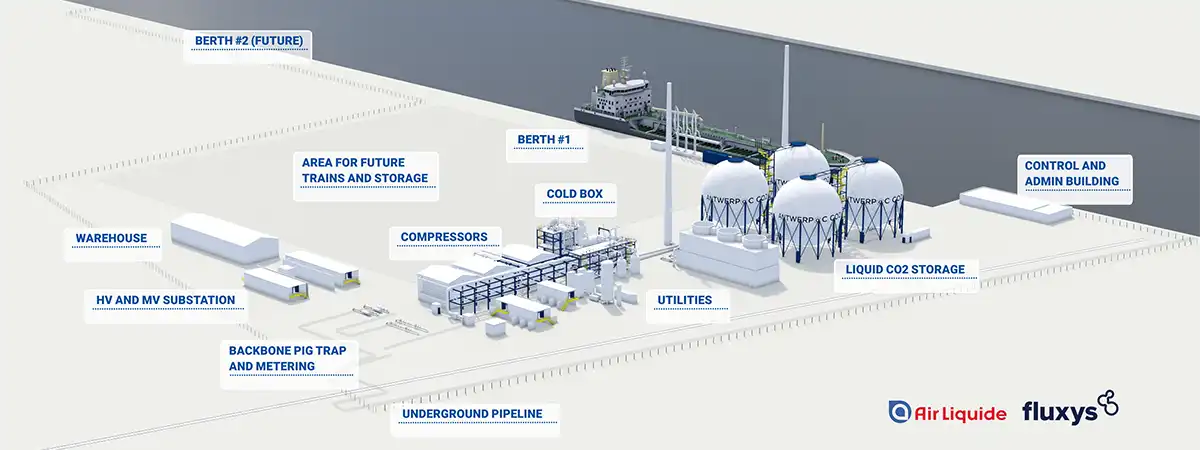What does feedback cost?
Author
Roland Guijs
You either love it or hate it, but feedback is a crucial part of the creative process.
Internal feedback, where the project leader or art director critically observes what is being produced, is important. But external feedback, when a (draft) version is shared with the client, also plays a large role. Many creatives have experienced sleepless nights due to comments on work in which they poured all their creativity, heart, and soul."
Customer satisfaction is key!
For a creative agency, managing customer satisfaction, and thus feedback, is crucial. Adjusting a video recording is nearly impossible, even with AI, and re-filming is costly. The same goes for animations, where there are so-called points of no return, after which adjustments can quickly become expensive.
That’s why we work purposefully with various milestones and feedback moments, to involve the right people as early as possible and align the content properly. For example, during scripting, storyboarding, and styleframes. This way, the customer remains engaged and can adjust in a timely manner when necessary.
The impact of internal costs
The feedback on the agency side is well-defined and relatively easy to manage. But a often underestimated aspect is the client side. Time is, after all, money. Especially with complex topics, you want to avoid having your scarce and highly-paid engineers spend hours thoroughly sifting through information and providing feedback to the (external) creatives.
An experienced engineer easily costs €150+ per hour. Suppose two knowledge holders and multiple sessions are needed to get the end product right; then you can imagine how quickly the (internal) costs accumulate. If you're not careful, those costs can ultimately be higher than the invoice sent after the project is completed.
How to limit internal costs?
Do your homework. If it is clear in advance what the expectations are, it is much easier to assess afterwards whether the product meets the requirements. Who is the target audience, what do you want to convey, and what should the main message (takeaway) be? This also helps to determine early on who needs to be involved in the process internally.
Go for long-term relationships. When an agency knows you well, they can better advise what is needed for your business and make connections between projects. According to Nyenrode, the added value of this is much greater than constantly renegotiating to keep suppliers 'sharp'. Or as Prof. Dr. Van der Veen says: "penny wise, pound foolish."
Find an agency that understands you. It is great that an agency has created beautiful products for Albert Heijn, but does that also mean they understand your company and target audience? And it's nice that that one quote is €1500 cheaper, but if significantly more internal hours are needed to achieve the desired result, are you still better off in the end?





